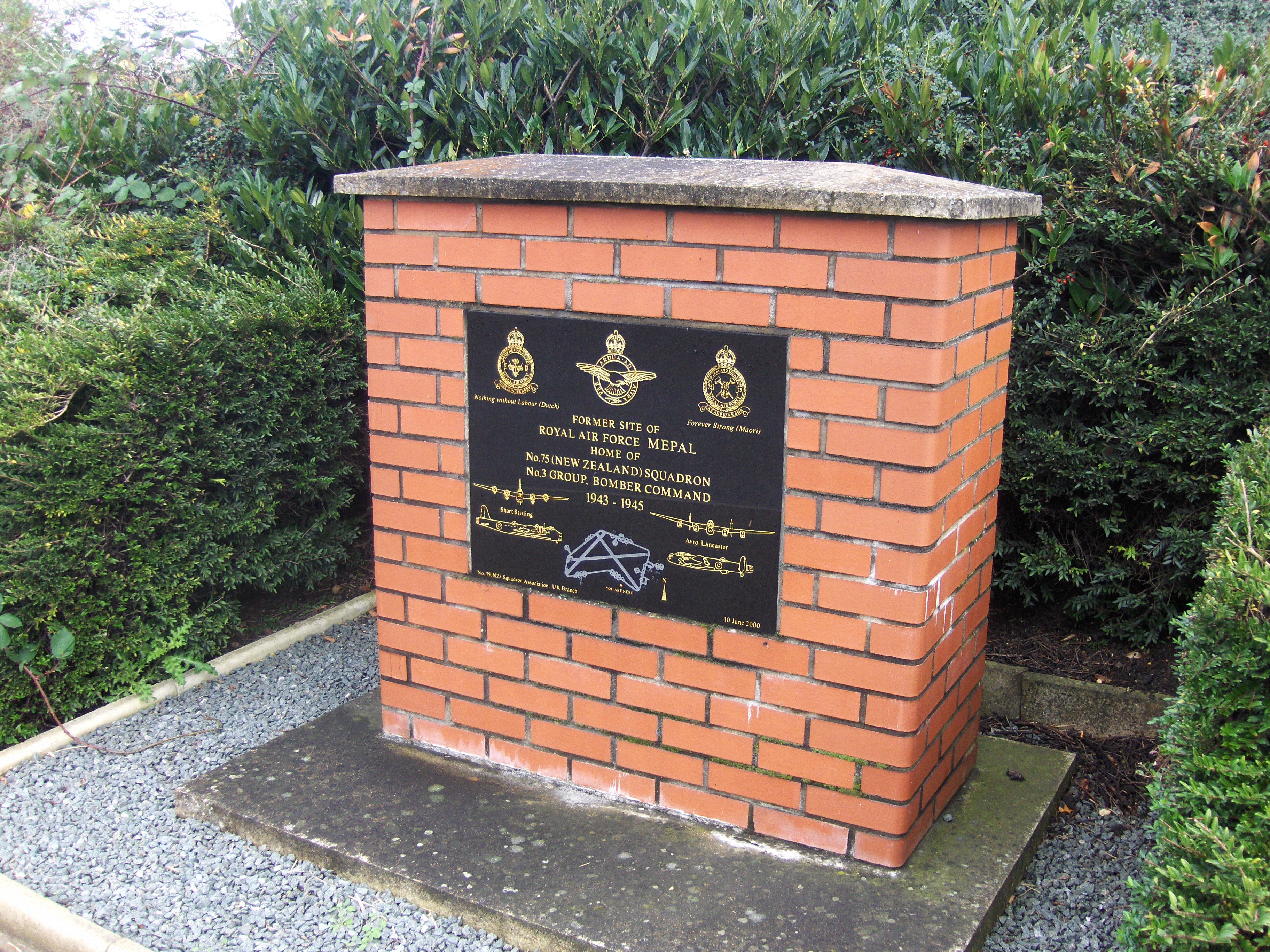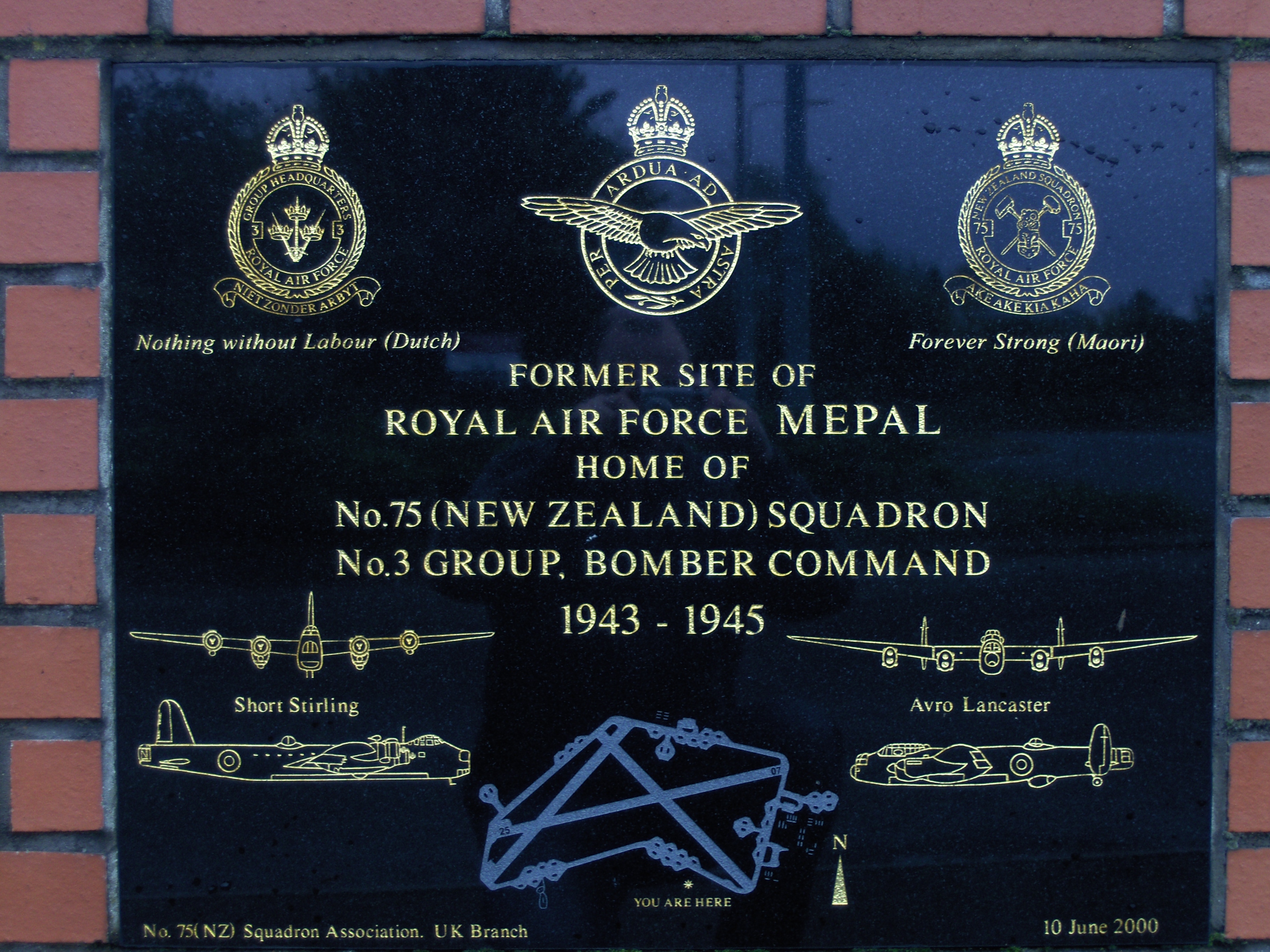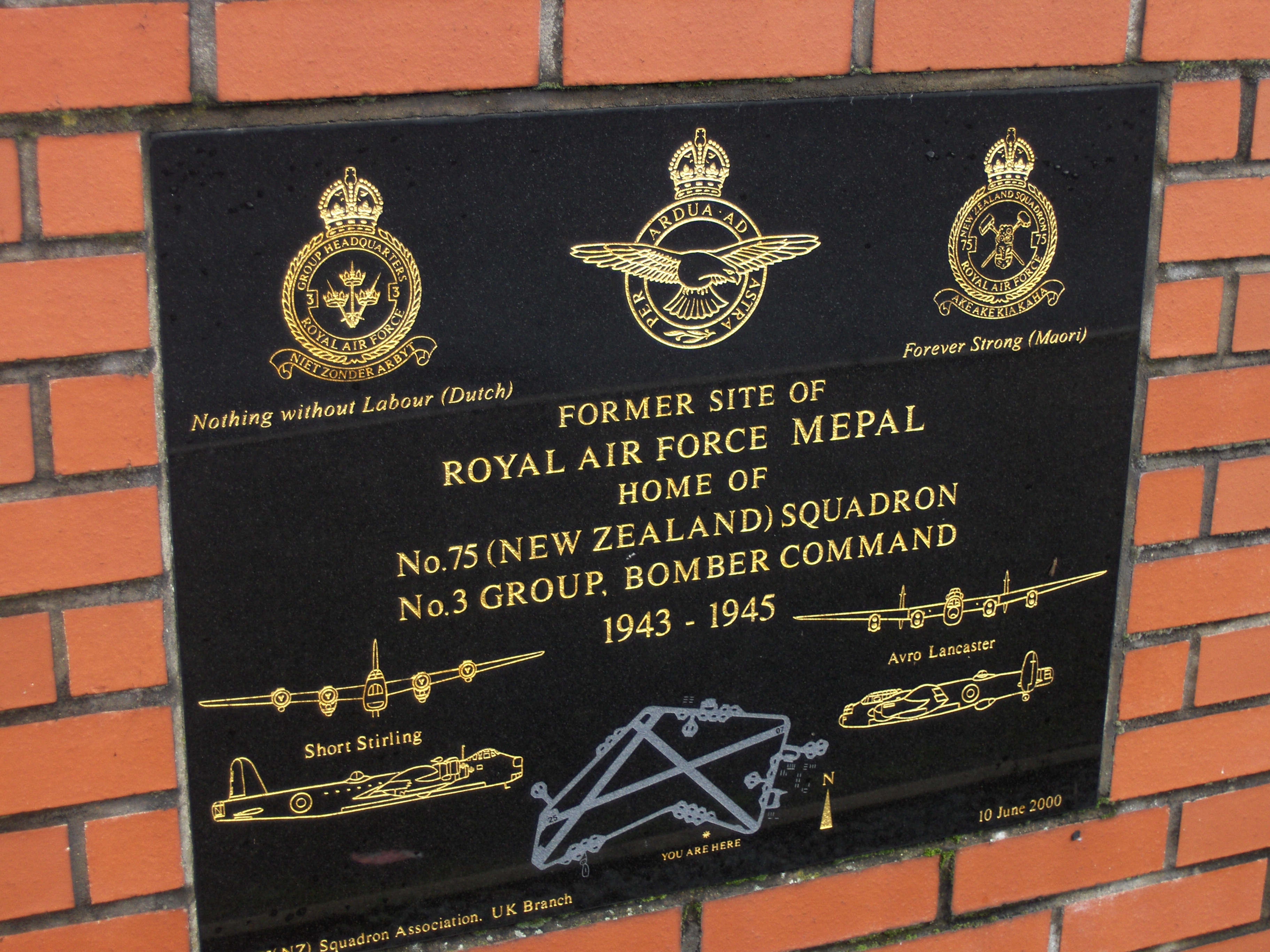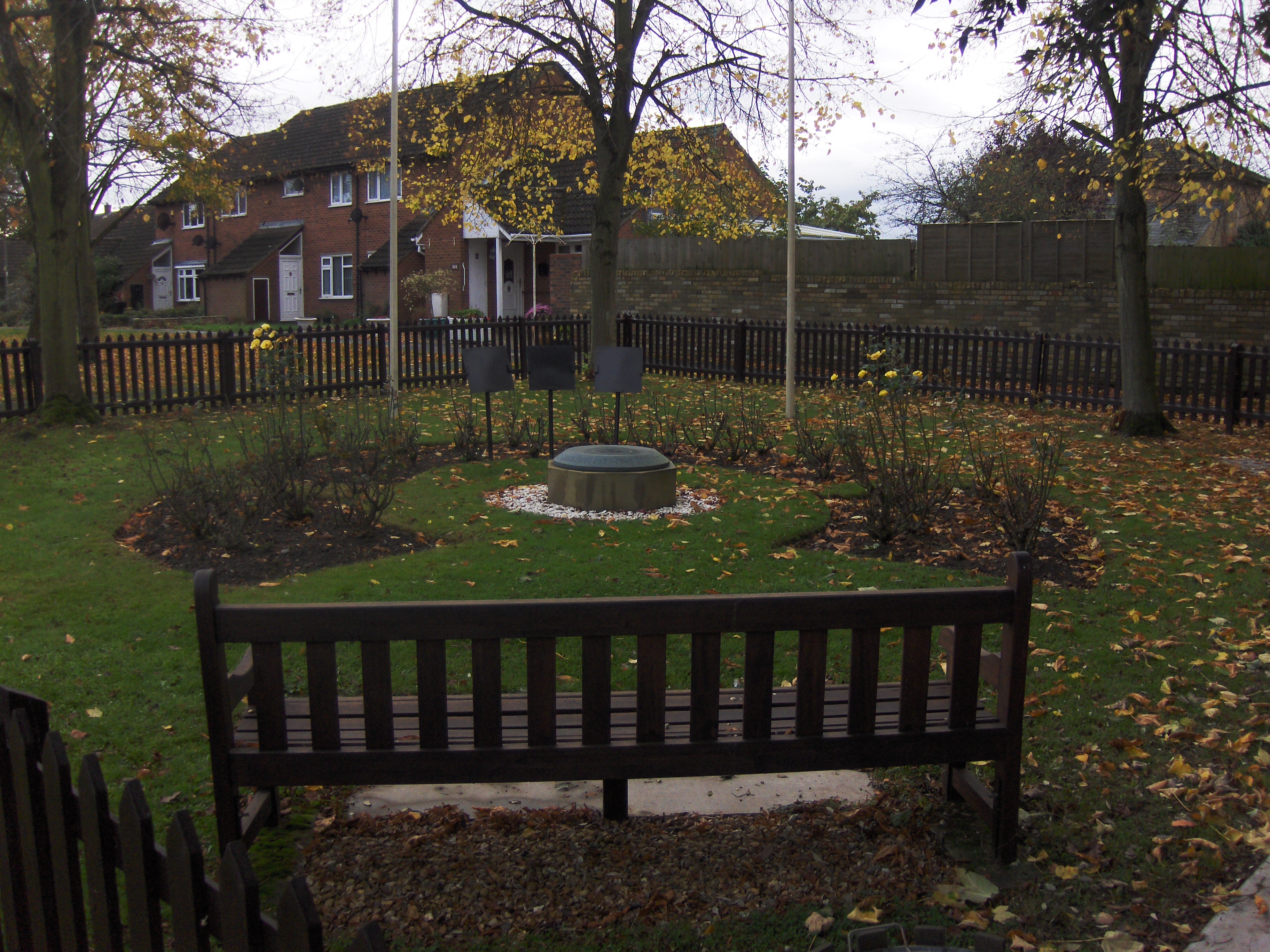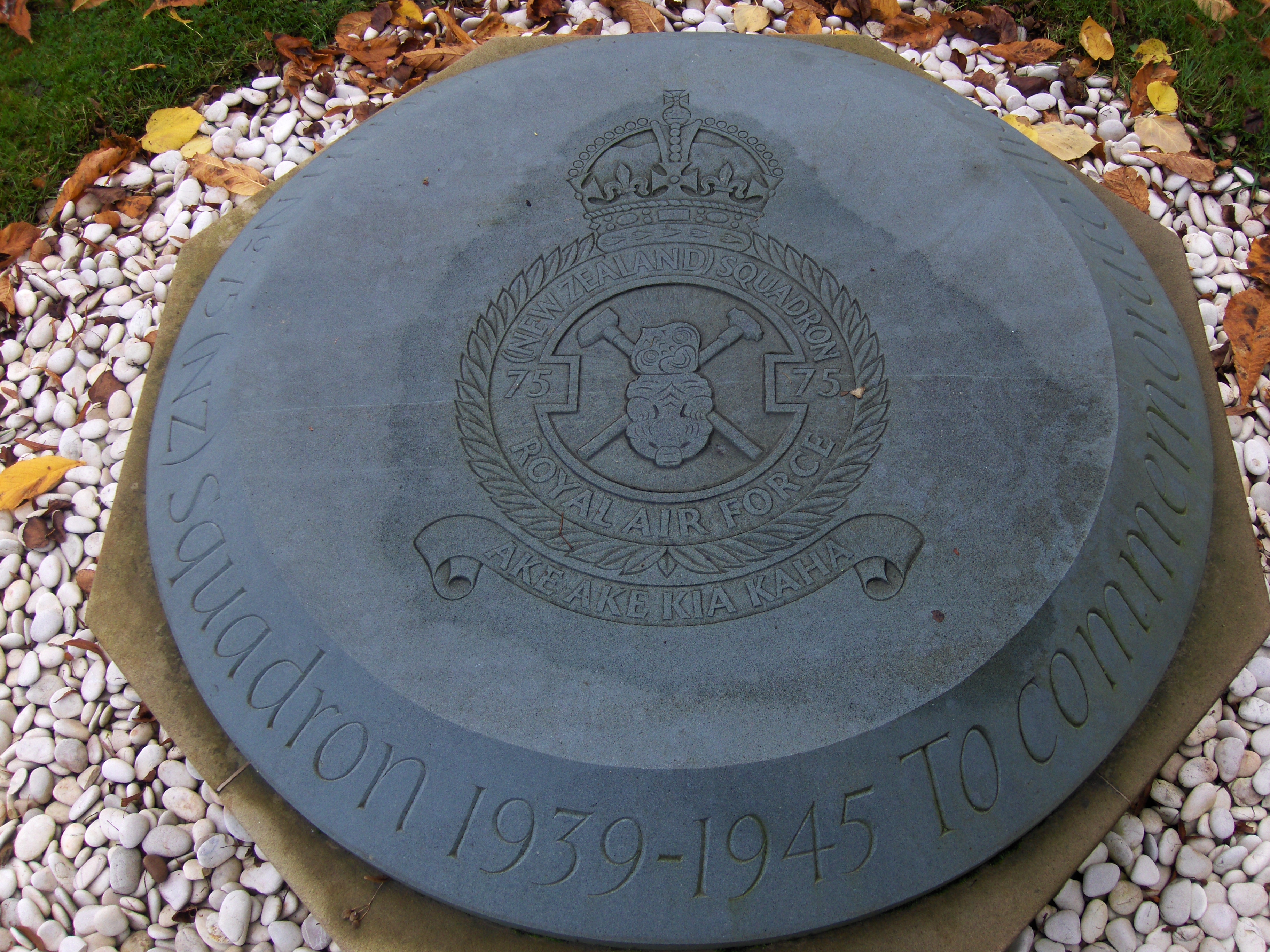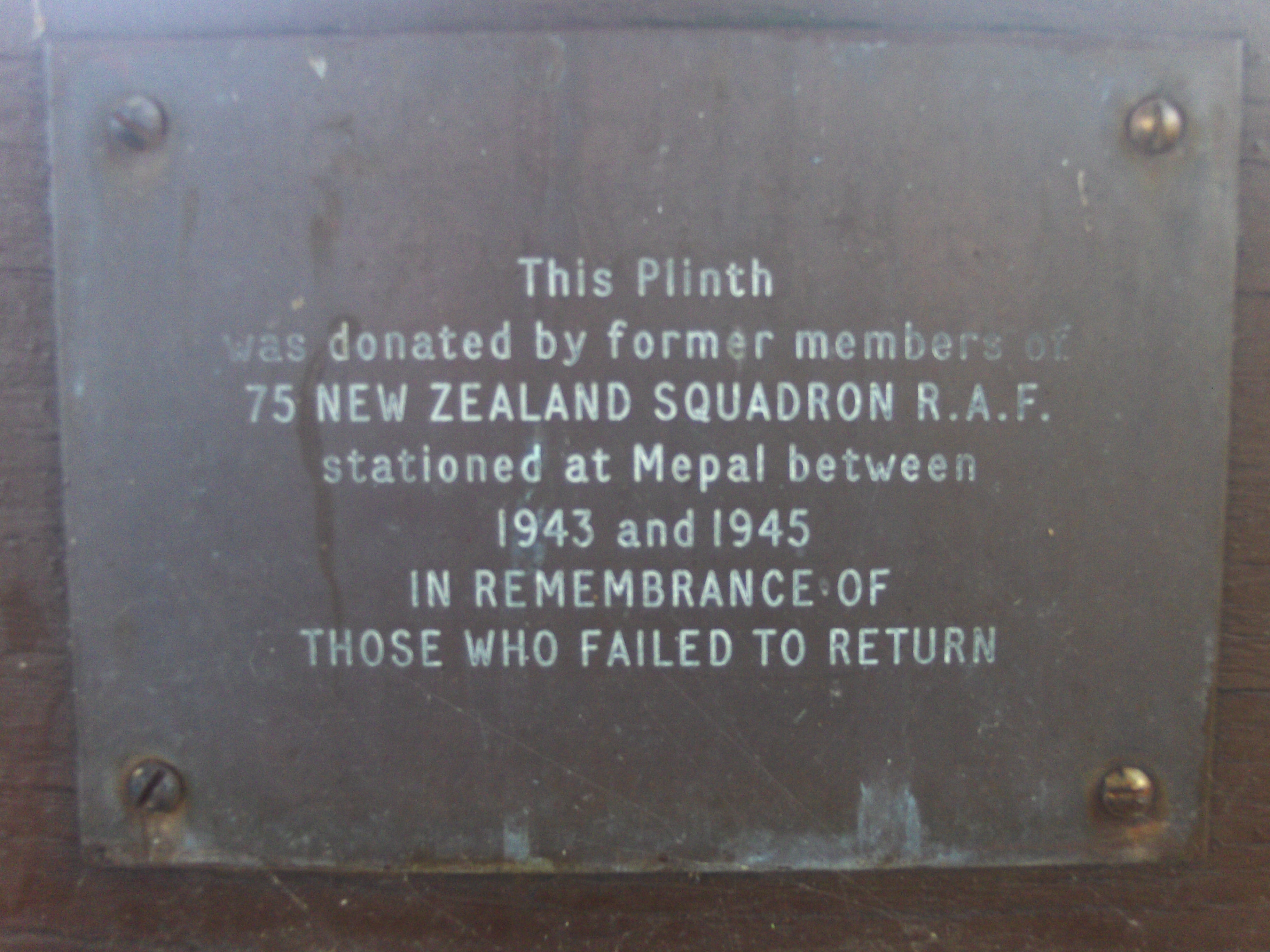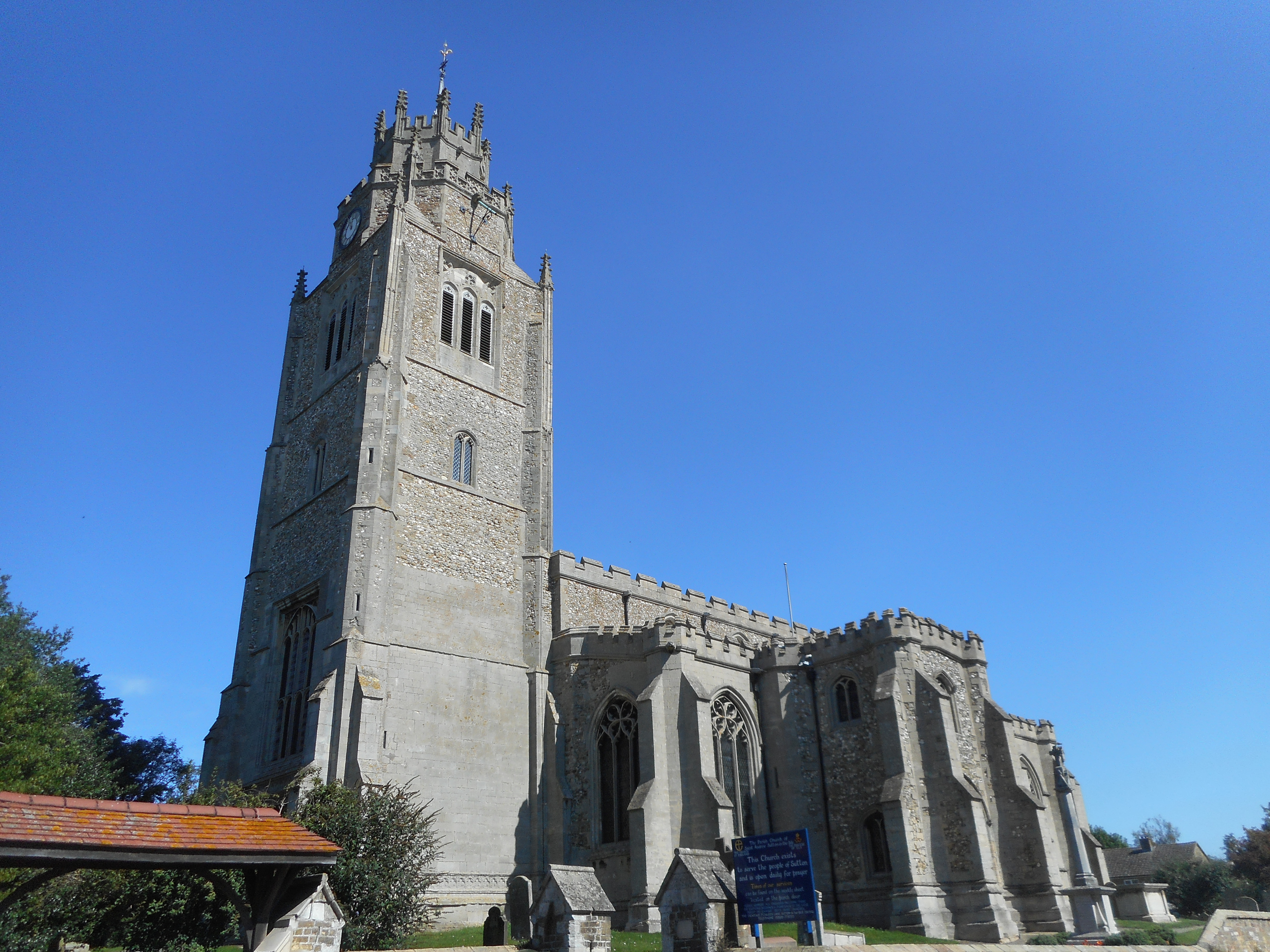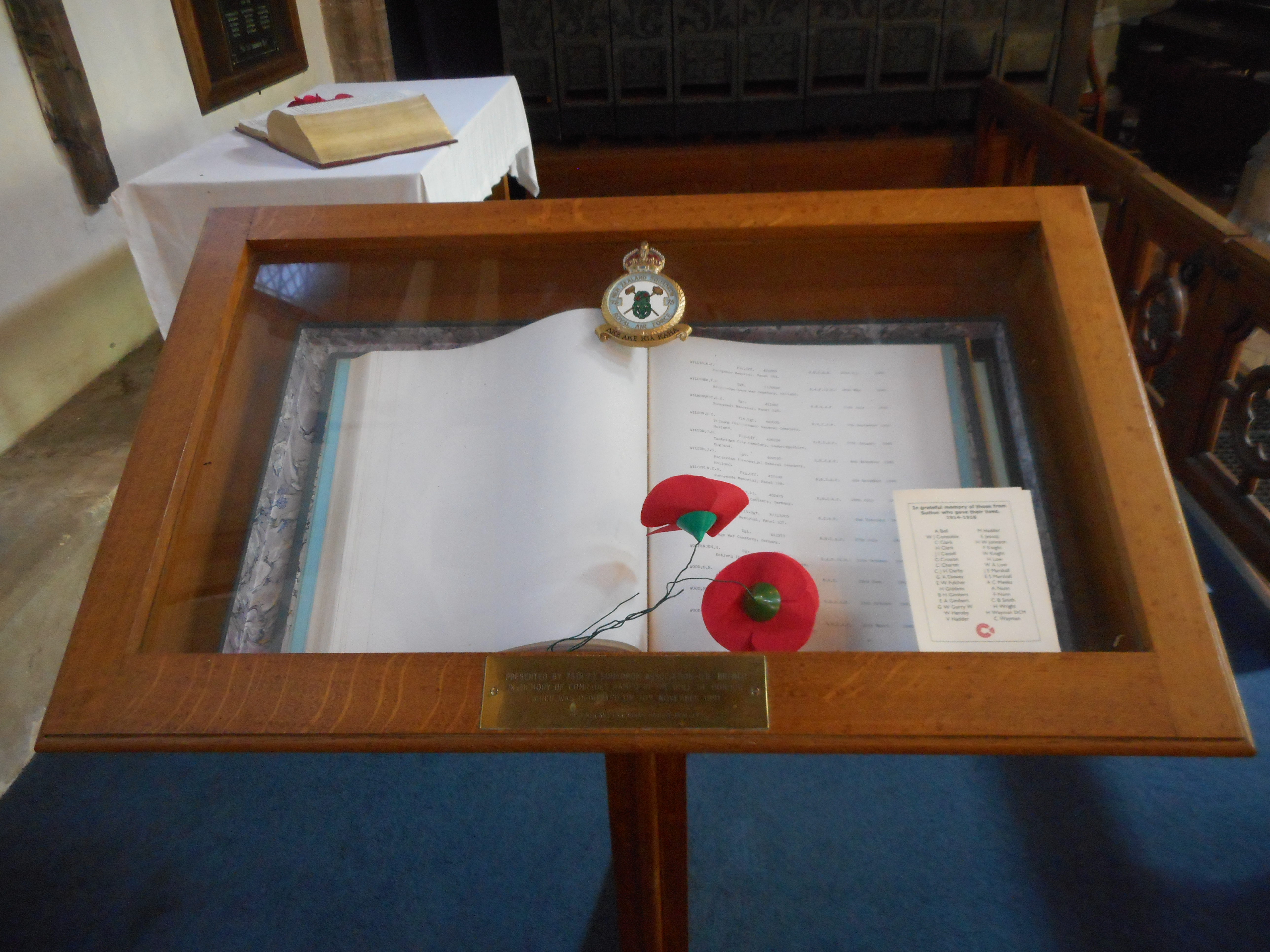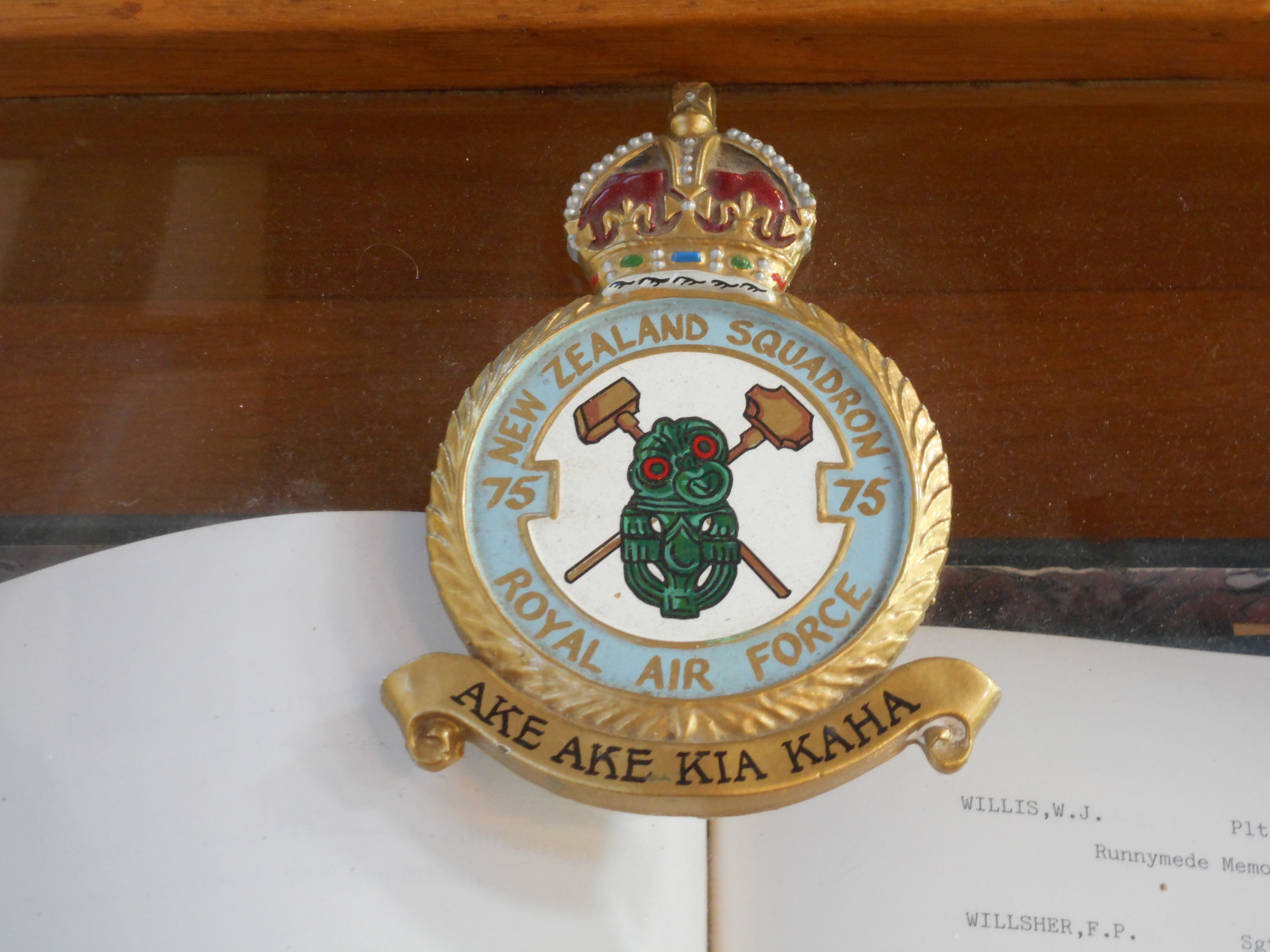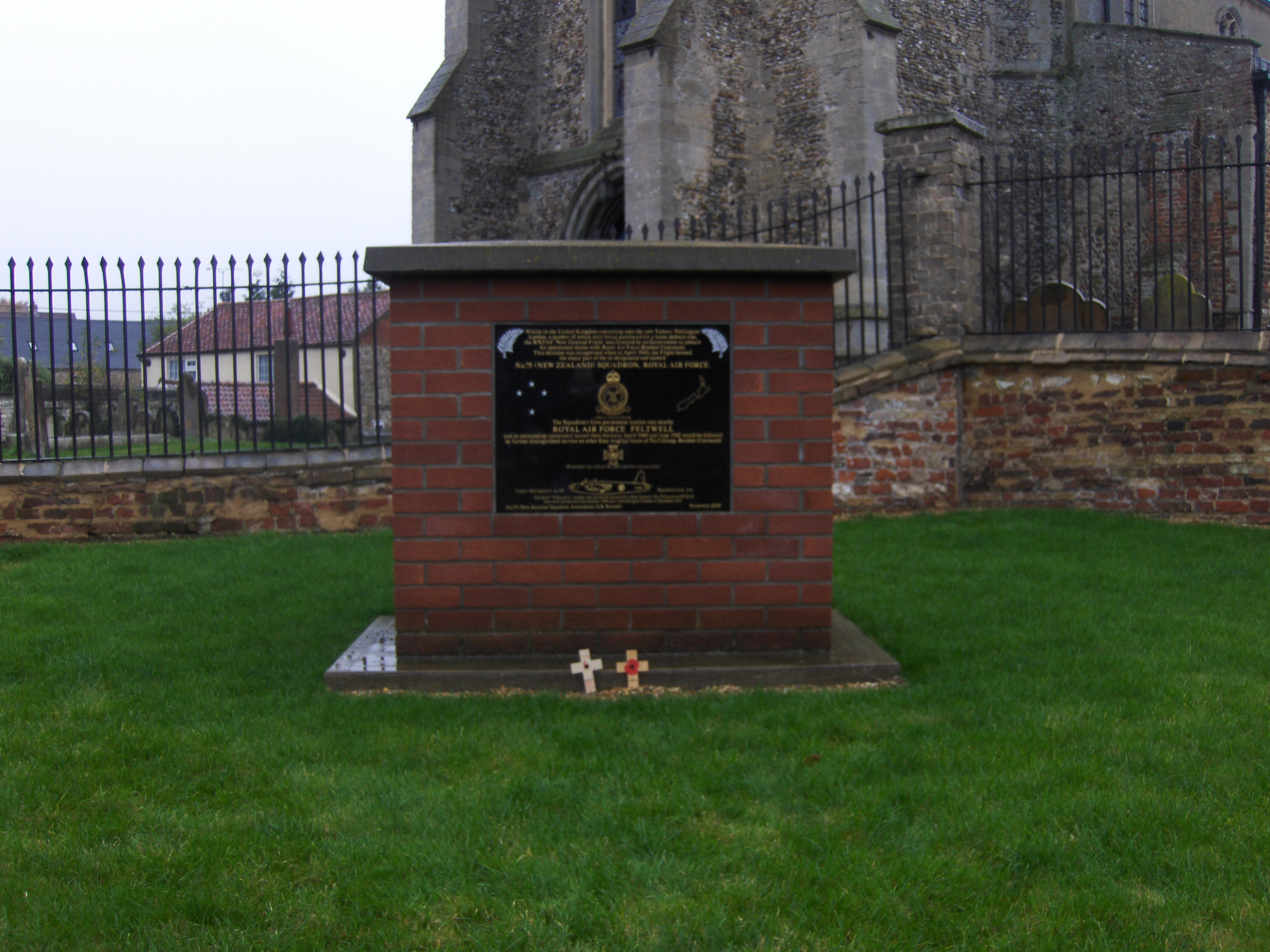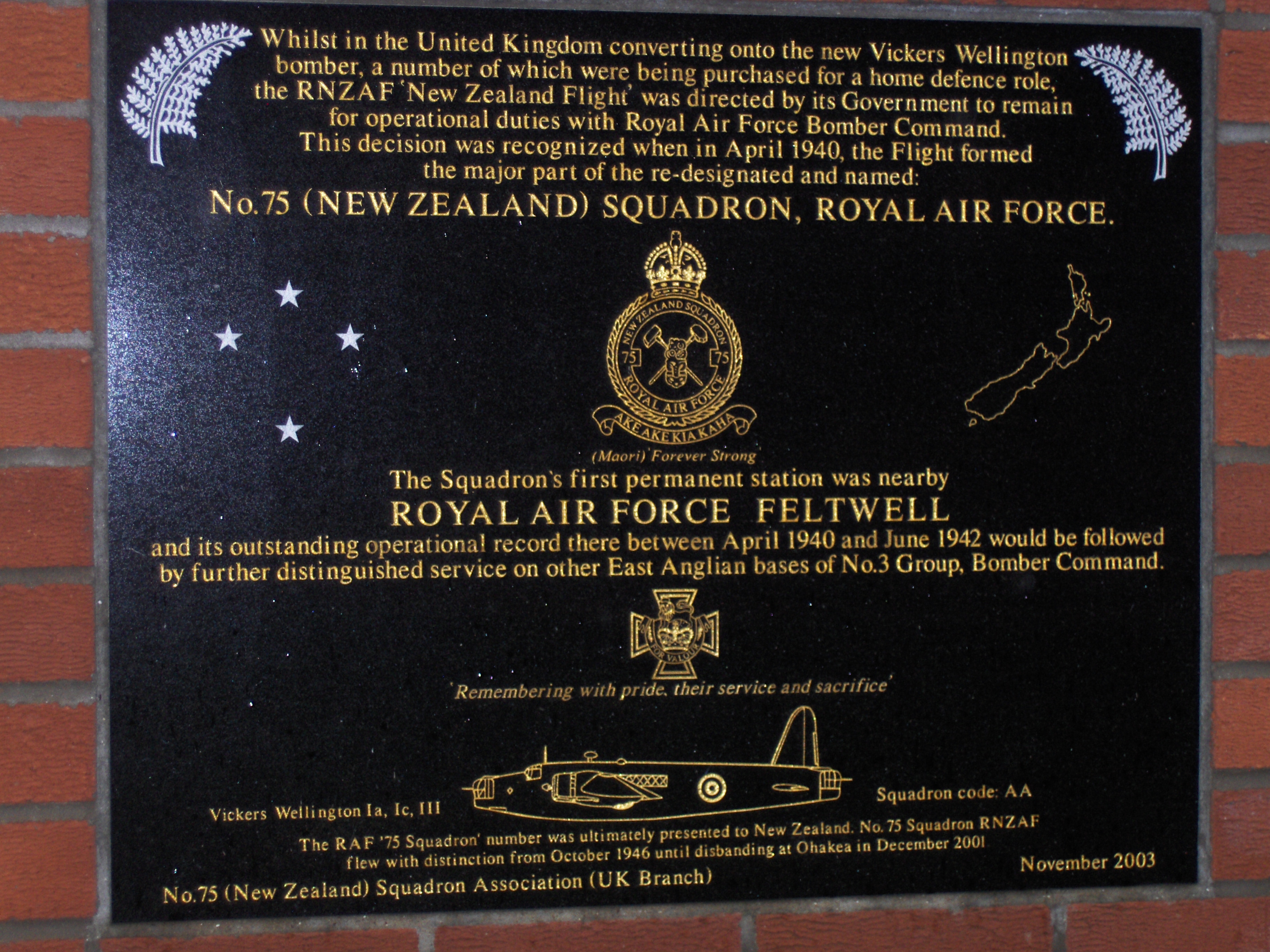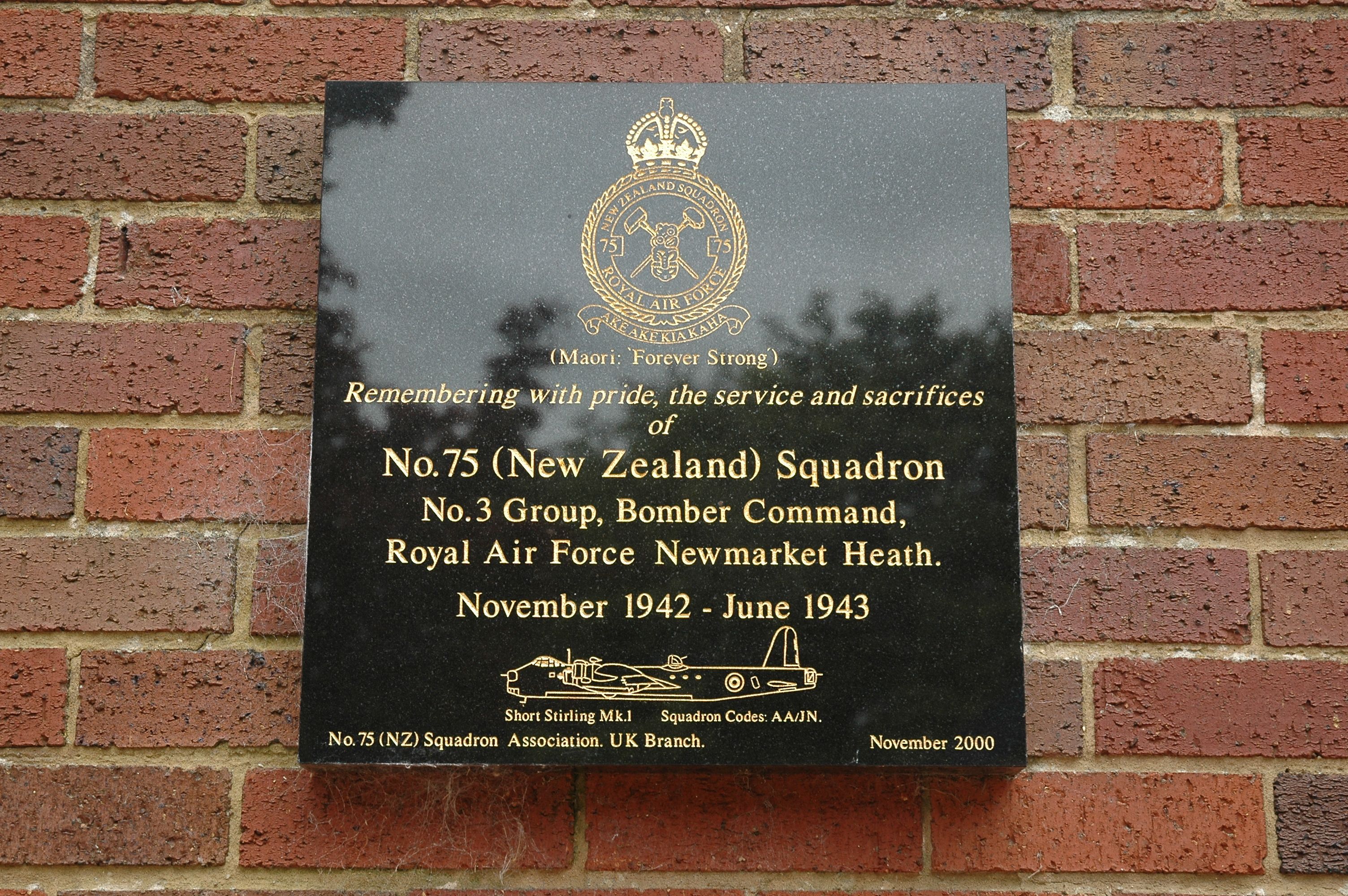Poole, Jack
Personal Information
| Rank | Sgt |
| Forename(s) | Jack |
| Surname | Poole |
| Gender | M |
| Age | 22 |
| Decorations | |
| Date of Death | 24-08-1943 |
| Next of Kin | Son of William and Louie Poole, of Bescot, Walsall. |
Aircraft Information
| Aircraft | Short Stirling III |
| Serial Number | EF435 |
| Markings | JN-J |
Memorial Information
| Burial/Memorial Country | United Kingdom |
| Burial/Memorial Place | Walsall (Ryecroft) Cemetery |
| Grave Reference | Sec. 31. Grave 15. |
| Epitaph | WHEN YOU GO BACK SPEAK TO THEM OF US WHO GAVE OUR TO-DAY FOR THEIR TOMORROW |
IBCC Memorial Information
| Phase | 2 |
| Panel Number | 227 |
Enlistment Information
| Service Number | 1190686 |
| Service | Royal Air Force Volunteer Reserve |
| Group | 3 |
| Squadron | 75 (NZ) |
| Trade | Air Gunner |
| Country of Origin | United Kingdom |
Other Memorials
| Location | A142 Mepal, Cambridgeshire |
| Country | United Kingdom |
| Memorial Type | Brick Piller and Marble Tablet |
| Memorial Text | Former site of RAF Mepal. Home to No 75 (New Zealand) Sqn, No 3 Gp, Bomber Command, 1943-1945 |
| Location | Village Centre, Mepal, Cambridgeshire |
| Country | United Kingdom |
| Memorial Type | Inscribed Stone Memorial & Inscribed Metal Plaque |
| Memorial Text | A stone memorial, donated by former members of 75 (NZ) Sqn RAF stationed at Mepal between 1943 and 1945 |
| Location | St. Andrews Church, Sutton, Cambridgeshire |
| Country | United Kingdom |
| Memorial Type | Roll of Honour in Wooden Case with brass plaque |
| Memorial Text | Roll of Honour. Plaque, Presented by 75(NZ) Sqn Association - UK Branch in memory of Comrades named in the Roll of Honour |
| Location | St. Marys Church, Feltwell, Norfolk |
| Country | United Kingdom |
| Memorial Type | Brick Piller and Marble Tablet |
| Memorial Text | A memorial to 75 (NZ) Sqn, RAF. Formed at RAF Feltwell in April 1940 and flew from there until June 1942. The Sqn number was presented to New Zealand becoming 75 Sqn RNZAF in October 1946 until its disbanding in December 2001. |
| Location | Newmarket Racecourse, Newmarket, Suffolk |
| Country | United Kingdom |
| Memorial Type | Inscribed Marble Tablet |
| Memorial Text | Remembering No 75 (New Zealand) Sqn, No 3 Gp Bomber Command. RAF Newmarket Heath, November 1942 - June 1943 |
Miscellaneous Information
| CGM citation for pilot in London Gazette: This airman was the pilot of an aircraft detailed to attack Berlin one night in August, 1943. When nearing the target, the aircraft was illuminated by searchlights and repeatedly hit by anti-aircraft fire, sustaining damage to the port main plane. Despite this, Flight Sergeant White continued his bombing run but was attacked by a fighter. The bomber was hit by the attacker’s gunfire which wrecked the rear turret, killing the gunner, and causing the aircraft to dive out of control directly over the target. Nevertheless, Flight Sergeant White released his bombs and succeeded in regaining control. Considerable height had been lost but this pilot coolly and skilfully flew clear of the target area and course was set for base. Much essential equipment had been rendered useless but, with unerring skill, Flight Sergeant White flew the badly damaged bomber to base. His courage, tenacity and devotion to duty set an example of the highest order. Official History adds considerable background to the above award - "On the night of the 23rd...Flight Sergeant White and his crew had a particularly hazardous flight. Approaching Berlin their Stirling was coned by searchlights and then repeatedly hit by flak. One shell-burst shattered the rear turret and killed the gunner %7Bsic?%7D. There was also damage to the fuselage and the flying controls. Suddenly the anti-aircraft fire died away and a Junkers 88 came in to attack. White began to make evasive turns but the damaged elevators caused the aircraft to dive out of control in steep turns. He thereupon ordered his crew to ‘Prepare to abandon aircraft’. Unfortunately, three members of the crew, including the navigator, apparently mistook the order and baled out. Meanwhile White had jettisoned his bomb load while still in the dive and eventually managed to regain a measure of control. Then, although still engaged by searchlights and anti-aircraft guns, he succeeded in getting clear of the target area. White and the two remaining members of his crew thereupon took stock of the damage and decided that they would attempt the long flight back - no mean feat without a navigator. Fortunately White had been a keen yachtsman in New Zealand and had some knowledge of navigation. He flew northwards and then across Denmark, where he succeeded in pinpointing the Stirling’s position and set course across the North Sea. The crippled bomber finally reached the English coast, but on arrival over his home airfield White found that the radio equipment, undercarriage and flaps were useless. Despite this he achieved a safe crash-landing clear of the runway." Following his tour with 75 Sqn Flt Lt White instructed for 20 months on 1653 HCU RAF. Died Christchurch, 10 Sep 1982. |
| The three crew members who abandoned the aircraft became PoW |
Commonwealth War Graves Commission
The National Archives
Last Operation Information
| Start Date | 23-08-1943 |
| End Date | 24-08-1943 |
| Takeoff Station | Mepal |
| Day/Night Raid | Night (37% moon) |
| Operation | Berlin |
| Reason for Loss | Coned by searchlights and repeatedly hit by heavy A.A. fire, sustaining considerable damage to port mainplanes. The pilot continued towards the target though still coned by searchlights and was then attacked by a Ju88 sustaining hits in the rear of the fuselage which shattered the rear turret and killed Rear Gunner Sgt J Poole. The aircraft was forced into an uncontrollable dive and the captain warned his crew ‘Prepare to abandon the aircraft’. Unfortunately, in the middle of this order the inter-communication failed, and the Navigator, Air Bomber and Wireless Operator abandoned the aircraft, due to the fact that they were unable to contact their Captain. F/S White jettisoned his bomb load whilst in the dive directly over the target area, managed to regain control of the aircraft when height had been lost down to 6,000ft. The captain and two remaining members of the crew after taking stock of the damage decided to attempt the long and hazardous return journey to base. This they did successfully and made a perfect crash landing at base without lights, flaps or under carriage, as the electrical leads were shot away. Miraculously, the remaining crew were safe with no further injuries. |
